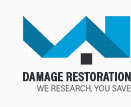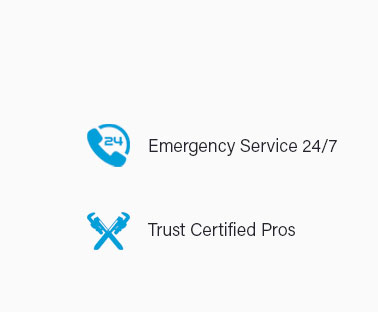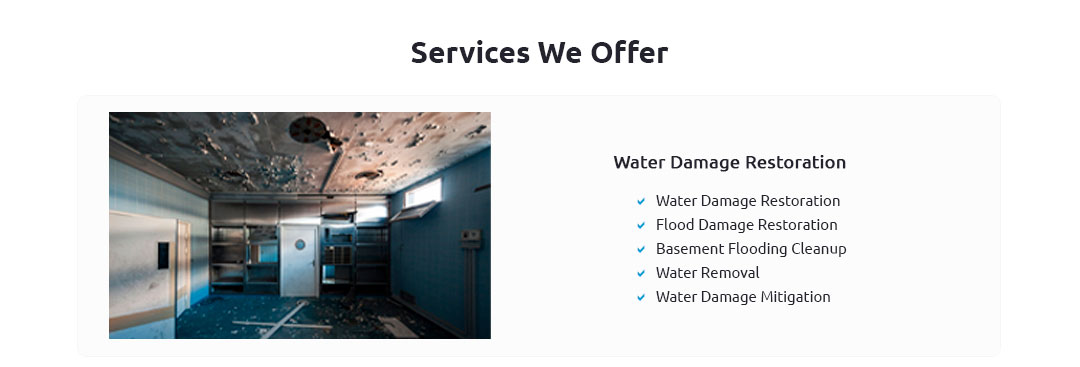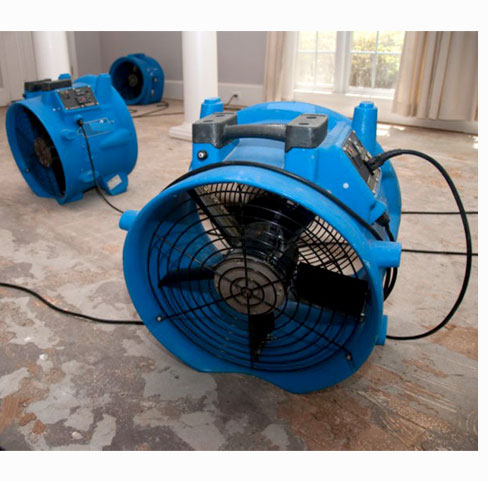 |
 |
 |
 |
|
|
 |
 |
 |
 |
 |
 |
 |
 |
 |
 |
 |
 |
 |
|
When disaster strikes and your sanctuary is under siege from water, fire, mold, or storm damage, you deserve a repair service that not only restores your peace of mind but does so with unmatched expertise and transparency-our comprehensive reviews spotlight the industry's top performers, empowering you to make informed decisions about water damage repair costs and ensuring you receive the best value and quality; trust us to guide you through the chaos with unwavering confidence and a commitment to excellence that turns devastation into rejuvenation.
https://www.angi.com/articles/how-much-does-it-cost-repair-water-damage.htm
Water damage repair costs between $3 and $7.50 per square foot on average. The cost largely depends on the type of water, the extent of the damage, and the root ... https://www.puroclean.com/blog/how-much-does-it-cost-to-fix-water-damage/
Summary - The national average cost for water damage restoration is $3,291, with a typical range between $1,240 and $5,342. - These costs cover mitigation and ... https://www.reddit.com/r/HomeImprovement/comments/pj65av/water_mitigation_recovery_what_should_it_cost/
We had a water recovery company stop by to look at the damage and take measurements. They called me back today with an estimate. Essentially, ...
|
